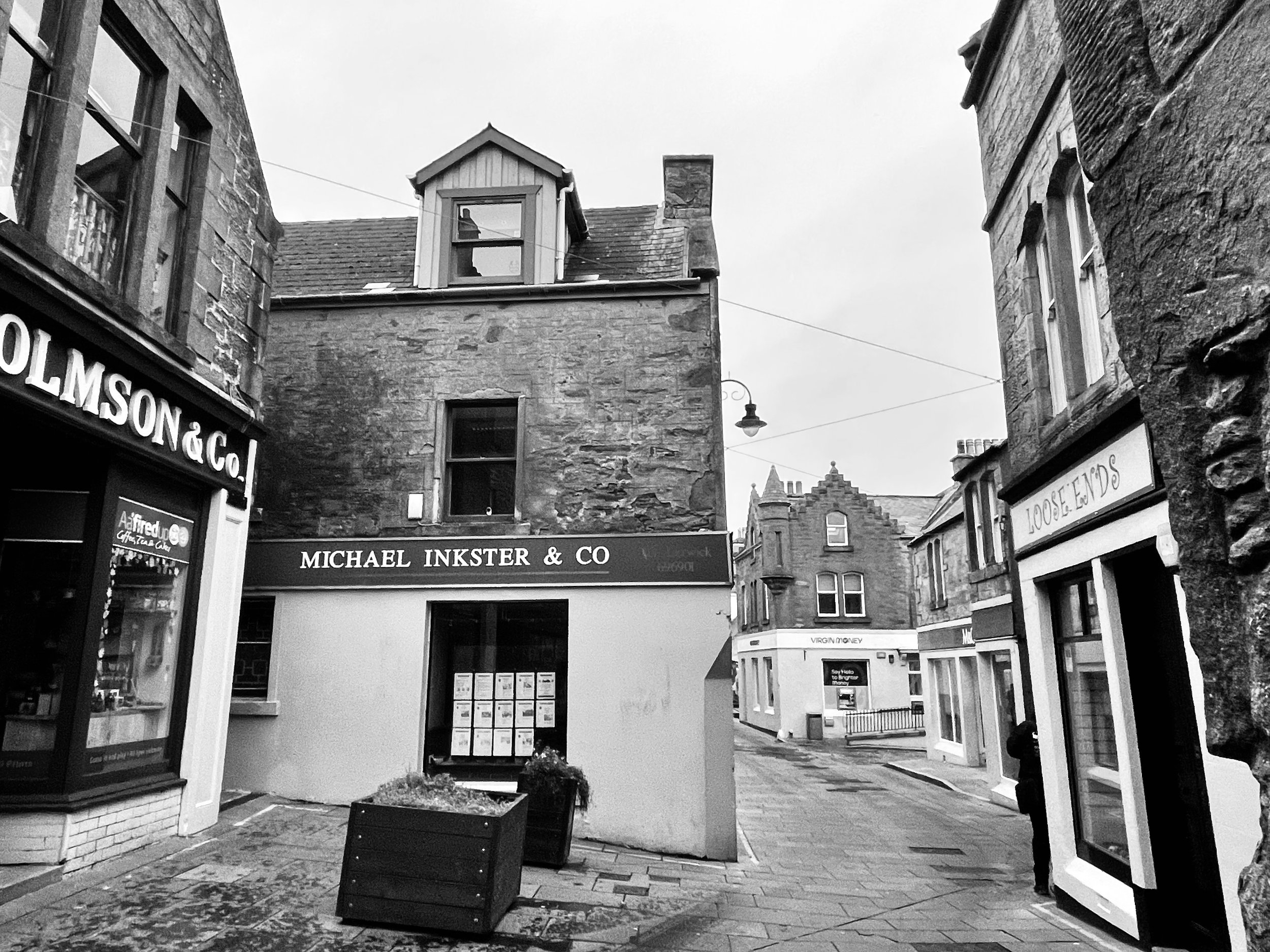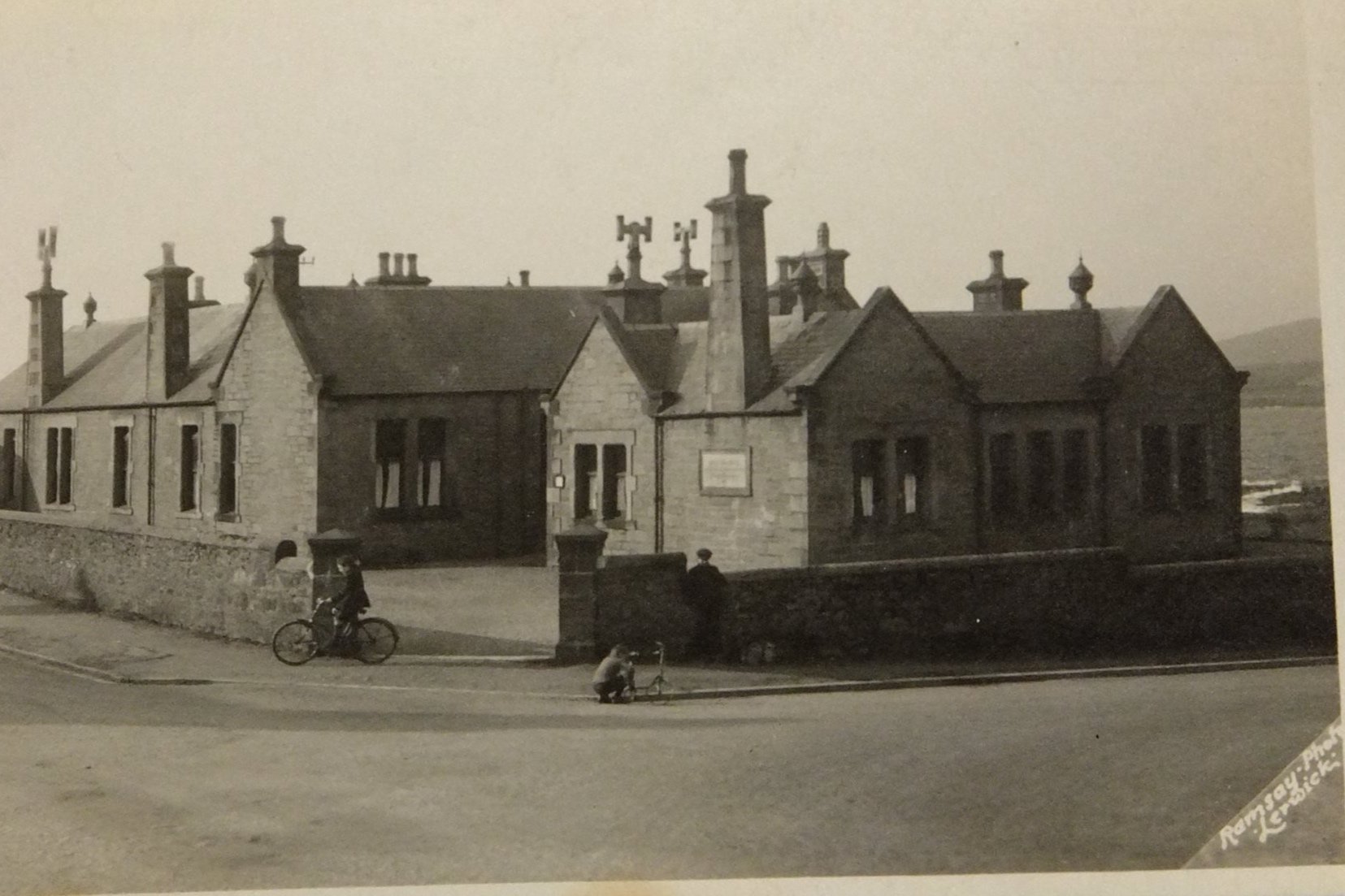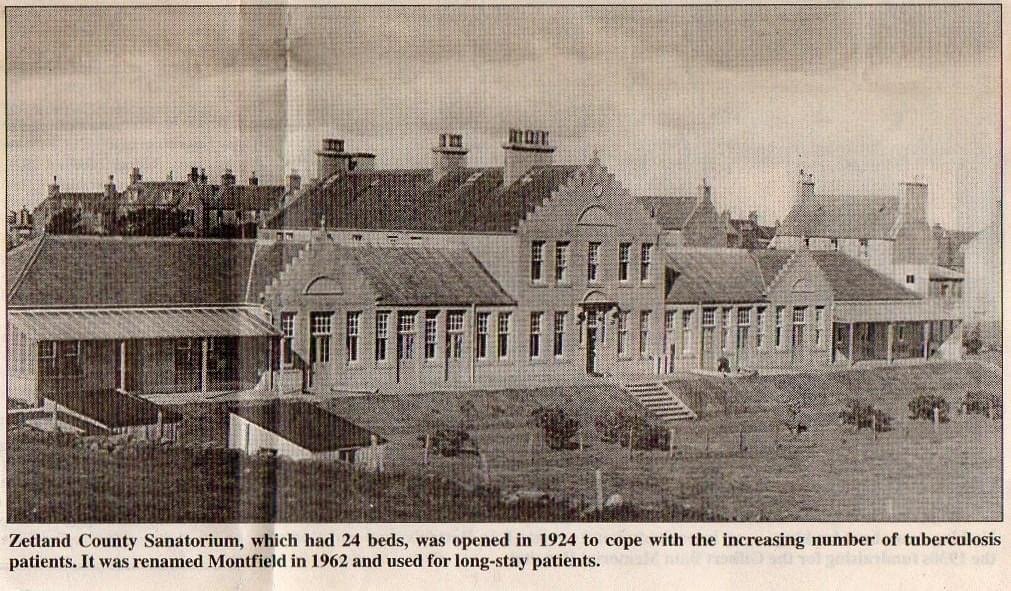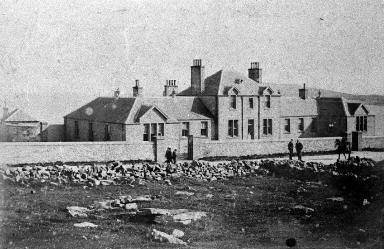Spine-tingling tales from Lerwick
Twageos House (photo: Jim Neill)
With Hallowe’en upon us, I wanted to take a look at some of the spine-tingling and tragic tales from Lerwick.
Last year, I explored Shetland’s haunted places, and this year, I wanted to focus on our capital town, Lerwick.
Lerwick grew from the 1600s with Dutch fishermen coming here every summer to begin their summer herring fishery. The first mention of Lerwick came in 1625 when the lawmakers in Scalloway expressed concern about the lawlessness displayed in Lerwick, where smuggling, drinking, theft, assault and prostitution were cited as grounds to raze Lerwick to the ground.
The Dutchman’s Leap
Our first sad tale comes from Lerwick’s early days when Dutch sailors would go ashore to stretch their legs. In the early days of the Dutch fishermen, locals would offer pony rides to weary sailors who had spent many long weeks at sea, charging them a ‘Stiver a Mile’ for a pony ride up towards the Knab. The surgeons who travelled with the fleet encouraged the sailors to go ashore and get some exercise, so these pony races were seen as the perfect sport. On one particular occasion, the pony, careering up the Knab Road, failed to stop at the cliffs, and the pony and rider both fell to their death at a spot which, still to this day, is known locally as the ‘Dutchman’s Leap’.
The Knab, Lerwick
The haunting of Twageos House
Ghost stories are an integral part of cultures worldwide, and we have many records of ghosts haunting the landscapes and buildings around Shetland. However, although most people have a ghostly tale, very few recorded ghost stories come from Lerwick. Probably the best-known ghost story comes from a house that no longer exists, Twageos House, which stood at the foot of what is known as Gressy Loan in Lerwick’s south end, where the Coastguard buildings now stand.
Twageos House was an imposing, sprawling building constructed sometime in the 18th century for the Earl of Morton’s personnel. Many occupants reported ghostly happenings over the years before its demolition in the 1960s. Although the ghost was never seen, people reported hearing footsteps approaching, knocks on the door and even footprints in the snow when nobody was around. Although broken, the servants’ call-bell system would chime out involuntarily, and a wooden-legged fiddler, dragging his peg leg, would be heard passing through the building scratching out a tune on the fiddle.
Twageos House, now demolished. Photo courtesy of Jim Neill
Graves in the pavement
Lerwick’s haphazard growth throughout the 18th and 19th centuries gave little thought to the access requirements which would be required as the motor car came to Lerwick and, in the 1960s, a new road was built down Church Road, allowing better access to the town centre, and a better flow of traffic around the town. To achieve a better traffic flow, sacrifices had to be made, including demolishing the crowded, run-down houses in Sooth Kirk Closs.
As well as the overcrowded houses and flats that stood in Sooth Kirk Closs, the council also demolished a graveyard between North and Sooth Kirk Closs – now the car park that runs parallel to Church Road. The council, in a bid to clear the space for car parking, asked locals to collect any loved one’s remains while the work was being carried out so that they could be laid to rest in an alternative plot. Interestingly, if you walk around the Masonic Lodge, you can still find paving slabs with ‘crosses’ incised on them that show where some of these graves once stood – many of these were discovered in the late 1800s when the foundations were dug for the Krinigill house.
Pavement graves (photo: Susan Molloy)
The graveyard, which included a mass grave with bodies covered in straw, likely from an outbreak of contagious disease, also contained some notable characters, including Barbara Pitcairn, who is reputed to haunt Busta House Hotel.
Tragic murders
Most of us have watched the Shetland TV series and know that, despite what the hit drama may say, crime rates in Shetland are very low. However, a tragic tale takes us back to 1858 when almost an entire family were brutally murdered as they lay asleep in their beds.
This tragedy unfolded on 25th March 1858 in the house above 159 Commercial Street, at the foot of Fox Lane (present-day Michael Inkster Solicitors). Peter Williamson, a general merchant, draper and grocer, committed the crime. On this night, he attacked and killed his wife with a razor and a hammer as she slept in bed. Continuing his rampage, he went on to brutally murder his daughter (Agnes, age 11) and two sons (John, age 14 and Peter, age 4). Their 15-year-old son, William, was also attacked but escaped. William, who had tried to stop his father, was badly injured but survived, along with another sibling, Gilbert (age 10), who was away from home at the time. Their father, Peter, then committed suicide.
The killings shocked the town, and it’s impossible to say what caused him to commit such an atrocious crime against his own family. Following the murders, nobody wanted to live in the house, so the premises, for a time, were used by customs.
The surviving son, William, died of tuberculosis five years later, at age 20, and there are no records of 10-year-old Gilbert’s subsequent life.
Haunted hospitals
Lerwick has had several hospitals over the years, including the old Zetland County Sanitorium (renamed ‘Montfield’ in 1962; now the Health Board headquarters on Burgh Road), which was said to be haunted by a ghost that walked the corridors. Staff and patients also reported sensing spirits in the former Gilbert Bain Hospital (now Goudie’s Funeral Directors) and the Brevik House Hospital.
These are just five tales from Lerwick; however, there are many more reported ghostly sightings of things that go bump in the night in the historic town with its colourful history and catalogue of characters, some of which transcend this world and the next …
Do you have any ghost stories from Lerwick? If so, I’d love to hear them.
Ways you can support my work…












